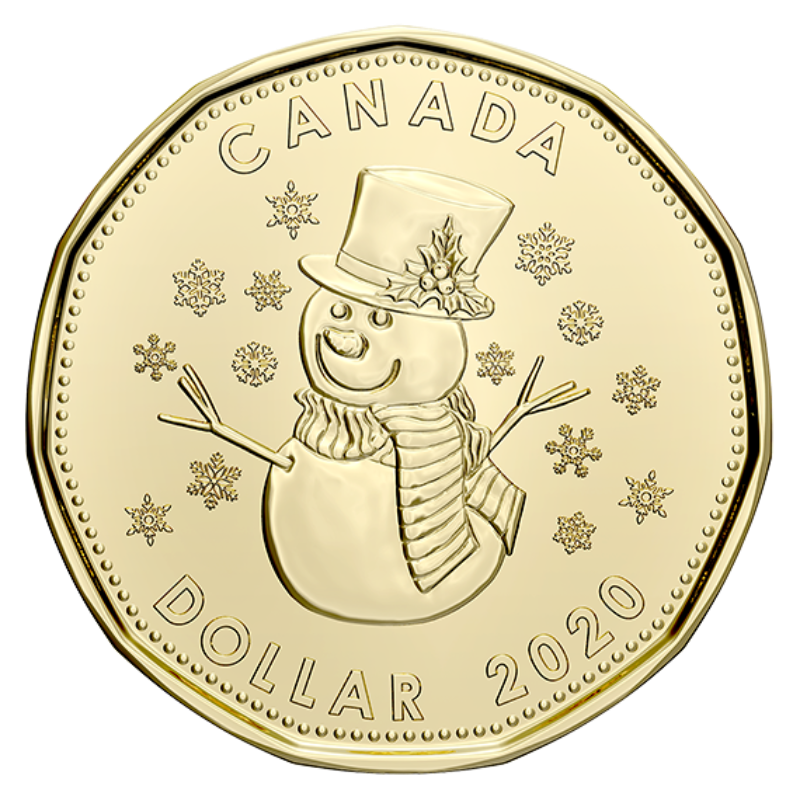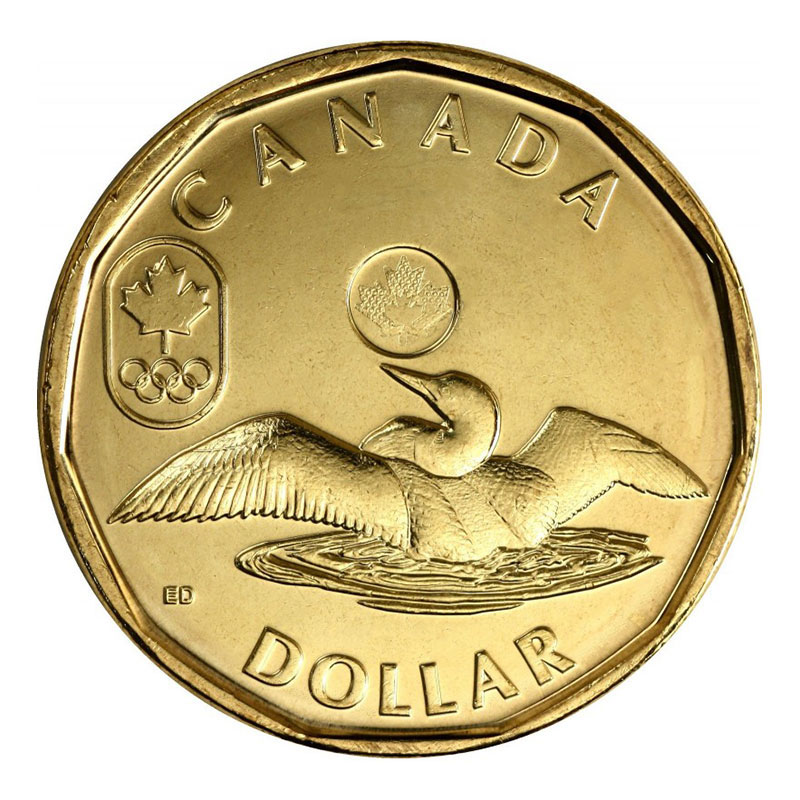Canadian Dollar Coin
The official currency in Canada is the Canadian dollar, which is equivalent to 100 cents. The Canadian currency is renowned for its diverse and vibrant colors whose coins and bills feature a wide array of depictions with significant meaning. The Canadian coins have different shapes, colors and sizes. Many currencies in the country also have nicknames.
Canadian Dollar Coin Nyt
The Canadian silver coin values are based only on the actual silver content of the coins (intrinsic value), and not by any numismatic (collector) or base metal value. Values represent uncirculated coins, unless you enter an amount of coin wear. Oct 13, 2020 On this page you will find the solution to Canadian dollar coin crossword clue crossword clue. This clue was last seen on October 13 2020 on New York Times’s Crossword. If you have any other question or need extra help, please feel free to contact us or use the search box/calendar for any clue. Feb 05, 2021 C$ The dollar has been the currency of Canada since 1858. A number of central banks keep Canadian dollars as a reserve currency. It's known locally as a buck or a loonie, with the two-dollar coin known as a toonie.
Who's on Canadian Money?
Nickel
Canadian Penny Values
The Canadian silver coin values are based only on the actual silver content of the coins (intrinsic value), and not by any numismatic (collector) or base metal value. Values represent uncirculated coins, unless you enter an amount of coin wear. The first of these is the 1948 King George VI dollar, which saw a mintage of only 18,780 pieces and is the all-around rarest regular-issue Canadian silver dollar. PCGS-graded examples in the AU55.
The Canadian nickel is a five cent coin that is worth one twentieth of a Canadian dollar. As of February 4th, 2013 the Canadian Nickel became the smallest valued coin in the country's currency after the one cent penny was eliminated. The obverse side of the Canadian coin features the face of Queen Elizabeth II, while the reverse side features a beaver sitting on a rock representing the Algonkian heritage of the northeastern woodland. Historically, the five cents piece currency was introduced as a thin and little sterling silver coin in 1858. Initially, the five cent coin was not called the nickel, but a 'fish scale'. The larger version of the coin now known as the nickel was introduced in 1922 as a Canadian coin which was 99.9% nickel metal. From 1982 nickel prices went up and as a result Canadian nickels are now minted using nickel-plated steel making the original nickel a collector’s item.
Canadian Dollar Coin Value
Quarter
The Canadian quarter is a coin worth one-fourth or 25 cents of a Canadian dollar. A quarter is a small circular coin that is silver in color. The coin is manufactured at the Winnipeg's Royal Minting facility and is officially called the 25-cent piece. However, quarter is the name in practice. The obverse part of the coin features the side view image of Queen Elizabeth II, which represents the royal throne, whereas the reverse side features the image of a caribou depicting the herds of caribou found in Northern Canada.
Loonie
The loonie is a Canadian one dollar coin that is gold in color and was introduced in 1987. The outline of the coin features 11 sided angles whose thickness is 1.95 mm. The loonie has become the symbol for the Canadian dollar. The obverse side of the coin features an image of Queen Elizabeth II while the reverse side features the image of a common and popular bird in Canada, the Common Loon. The loonie was first introduced in the country in 1987 following the Canadian government's announcement of the replacement for the dollar bill the previous year.
One hundred dollar bill


The Canadian hundred-dollar bill is among the five banknotes of the Canadian currency. Since the Canadian 1000 dollar bill was slowly removed in circulation as of 2000, the Canadian 100 dollar bill has been the least-circulated and highest-valued banknote in the country. In November 2011 the current 100 dollar bill in Canada was circulated through the country's major banks. The obverse side of the bill features an image of Sir Robert Borden, who is the 8th Prime Minister of Canada, while the reverse side features an image of a medical innovation depicting the discovery of insulin for the treatment of diabetes and a DNA strand.
Other Canadian currencies
The different currencies in Canada both in coin form and banknote have different features, colors and images on the obverse and reverse side. The bank of Canada prints all the banknotes which are same in size but have different colors. The other types of currencies in the country include the dime, half a dollar, toonie, and five, ten, twenty and fifty dollar bills as well.